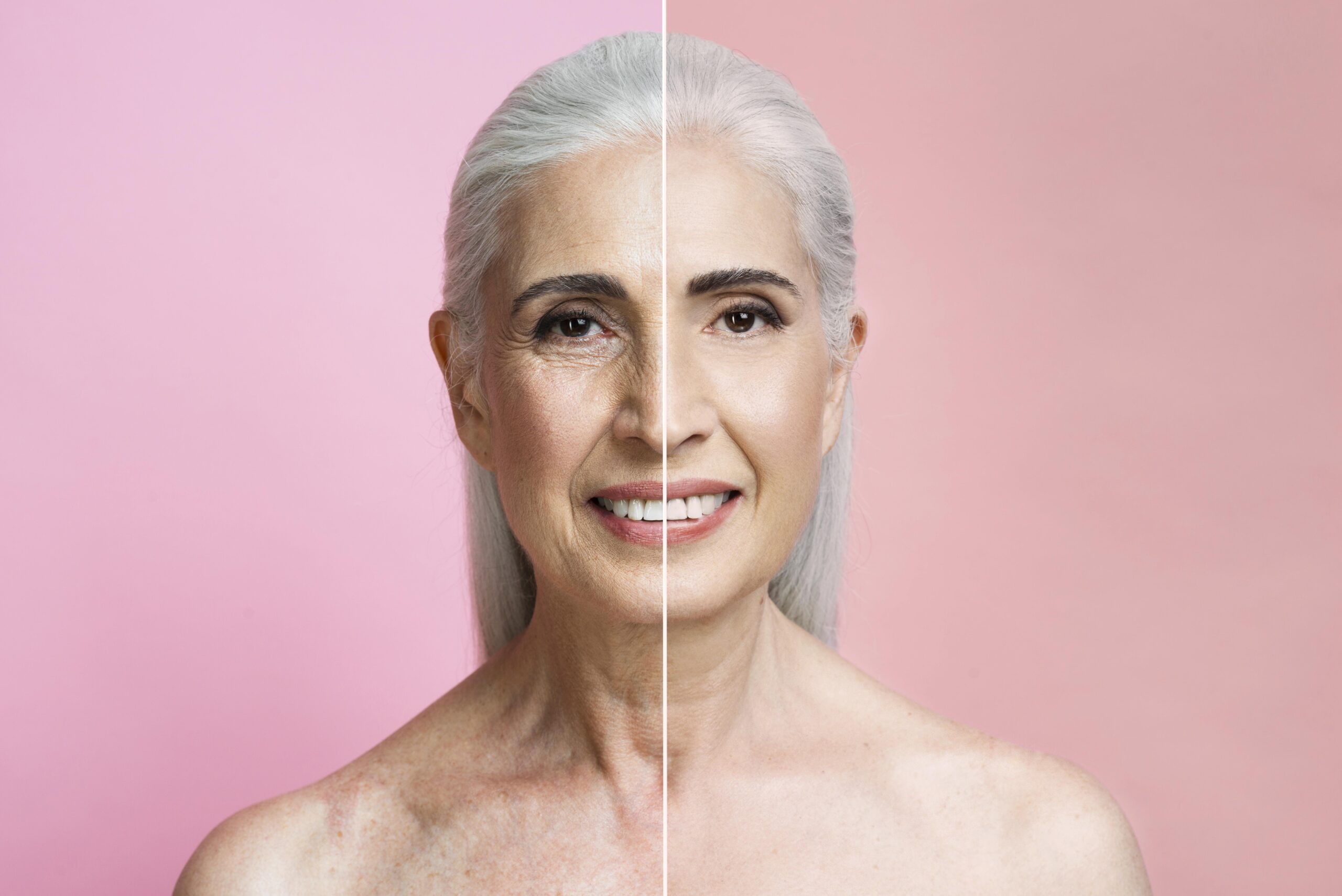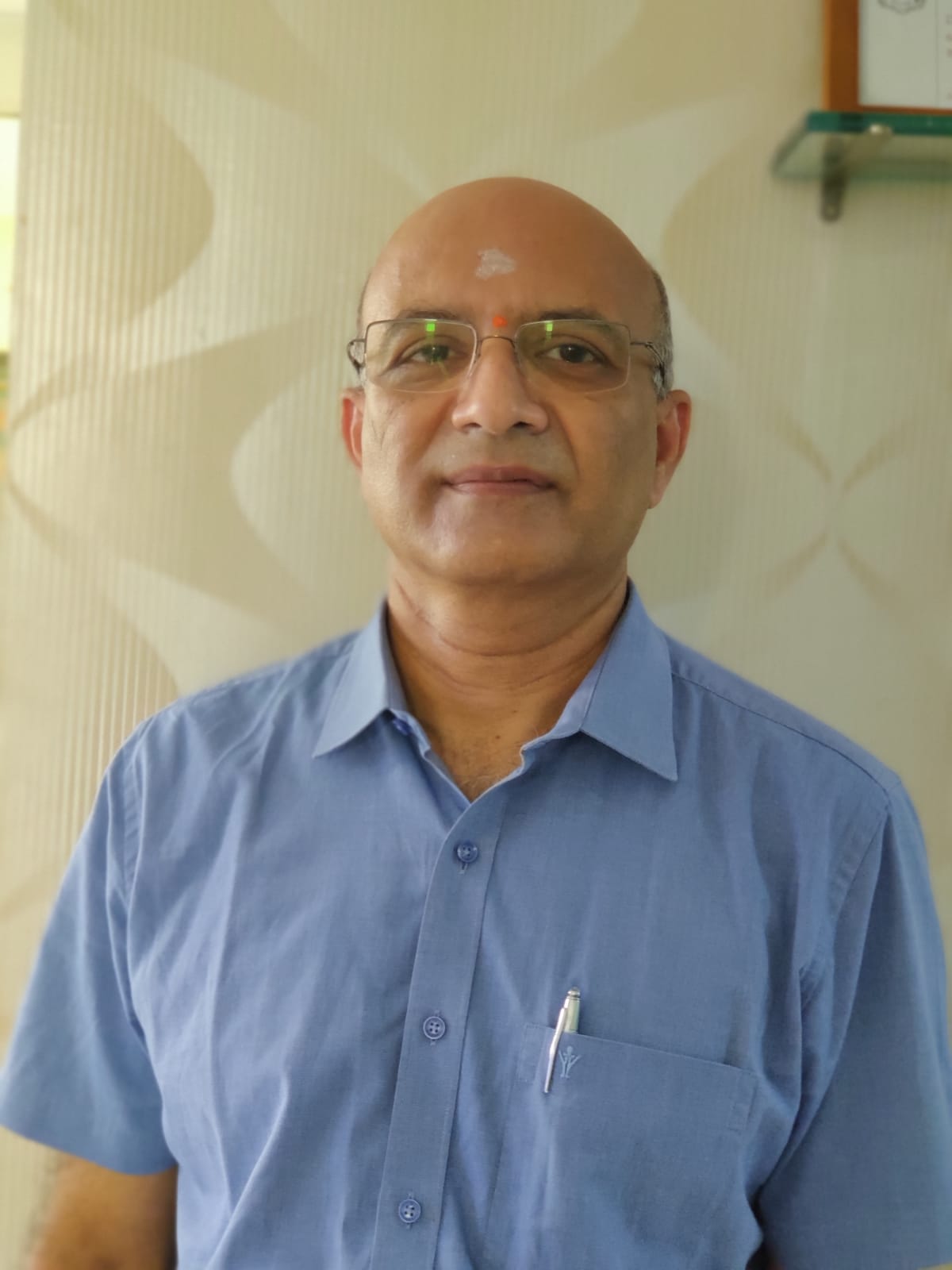Facelift Treatment In Hyderabad
A facelift, medically known as rhytidectomy, is a surgical procedure aimed at reducing the visible signs of aging in the face and neck. It’s one of the most comprehensive ways to address sagging skin, deep wrinkles, and other facial aging concerns. Get the best facelift treatment in Hyderabad at Ojas Aesthetics.
Book Your Free Consultation
Why Facelift Surgery ?
Facelift surgery is performed to tighten and lift the skin and underlying tissues of the face and neck, creating a more youthful and rejuvenated appearance. It can address sagging skin, deep wrinkles, jowls, and excess fat deposits in the lower face and neck area.
Surgical Techniques For Facelift Surgery:
There are different techniques for performing a facelift, including traditional facelift, mini facelift, and deep plane facelift. The specific technique used depends on factors such as the extent of aging, skin laxity, and individual goals. Your surgeon will recommend the most suitable approach during the consultation.
Incisions: Incisions for a facelift are typically made discreetly in the natural creases of the skin, around the ears, and sometimes along the hairline. This helps minimize visible scarring and allows for optimal results.
Tightening and Repositioning: During the procedure, the surgeon tightens and repositions the underlying tissues of the face and neck, removes excess skin, and may redistribute fat to restore volume and contour.
Recovery: Recovery from a facelift involves some swelling, bruising, and discomfort, which can be managed with pain medication and proper post-operative care. Patients are typically advised to avoid strenuous activities and heavy lifting for several weeks to allow for optimal healing.
Results: The results of a facelift are long-lasting but not permanent. While the aging process continues, patients can expect to enjoy a more youthful and rejuvenated appearance for many years following surgery.

Ideal Candidate For Facelift Surgery:
Ideal candidates for facelift surgery are in good overall health, have realistic expectations about the outcome of the procedure, and are bothered by visible signs of aging in the face and neck. It’s important to undergo a thorough consultation with a qualified plastic surgeon to determine if a facelift is the right option for you.




Post Operative Care For Face Lift:
Post-operative care following a facelift is essential for ensuring proper healing and optimal results. Here are some general guidelines for post-operative care:
Follow Surgeon’s Instructions: Adhere to all post-operative instructions provided by your surgeon. These instructions may include wound care, medication regimen, activity restrictions, and follow-up appointments.
Manage Discomfort: You may experience some discomfort, swelling, and bruising after surgery. Take pain medication as prescribed by your surgeon to manage pain and discomfort. Applying cold compresses or ice packs to the face can also help reduce swelling and discomfort.
Keep Incisions Clean: Keep the incision sites clean and dry to prevent infection. Follow your surgeon’s instructions for wound care, including how to gently cleanse the incisions and apply any recommended ointments or dressings.
Avoid Strenuous Activities: Avoid strenuous activities, heavy lifting, and vigorous exercise for several weeks following surgery. Your surgeon will provide guidance on when it’s safe to gradually resume normal activities.
Protect Incision Sites: Protect the incision sites from sun exposure, as sun exposure can cause pigmentation changes and delay healing. Use sunscreen with a high SPF and wear protective clothing and hats when outdoors.
Wear Compression Garments: Your surgeon may recommend wearing a supportive compression garment or facial bandage to help reduce swelling and provide support to the treated areas. Wear the compression garment as directed by your surgeon.
Stay Hydrated and Eat Nutritious Foods: Drink plenty of water and eat a healthy, balanced diet to support the healing process. Avoid excessive alcohol consumption, as it can interfere with healing.
Attend Follow-Up Appointments: Attend all scheduled follow-up appointments with your surgeon to monitor your progress, remove any sutures or drains if necessary, and address any concerns or questions you may have.
Be Patient: Remember that healing takes time, and it may take several weeks or even months to see the final results of your facelift surgery. Be patient with the process and trust that your body is healing as it should.
By following these post-operative care guidelines and staying in close communication with your surgeon, you can help ensure a smooth recovery and achieve the best possible outcome from your facelift surgery. If you have any concerns or questions during your recovery, don’t hesitate to contact your surgeon for guidance and support.
Meet Our Expert
Dr. V.K.Srinagesh
He is an experienced and qualified plastic , reconstructive and cosmetic surgeon. He did his MBBS from SCB Medical college, Cuttack, MS (General surgery) from MKCG medical college, Berhampur and MCh from the prestigious Madras Medical College, Chennai. He trained in various specialities, namely cardiac surgery, Orthopedics, paediatric surgery, maxillofacial surgery from reputed medical colleges and hospitals like AIIMS, New Delhi, TN medical college and hospital, Mumbai, Nair hospital and dental college, Mumbai, Christian medical college, Ludhiana and Stanley medical college, Chennai to name a few.
- Breast reconstruction at Miami medical center
- Fat grafting, advanced liposculpture techniques at Birkenwerder
- Management of lipedema at Birkenwerder
- Pioneer in the management of lipedema in India

Frequently Asked Questions
A facelift, also known as rhytidectomy, is a surgical procedure aimed at reducing visible signs of aging in the face and neck by lifting and tightening sagging skin, muscles, and underlying tissues.
Ideal candidates for a facelift are individuals bothered by visible signs of aging in the face and neck, such as sagging skin, deep wrinkles, jowls, and loss of facial contour. Candidates should be in good overall health and have realistic expectations about the outcome of the procedure.
There are various types of facelift procedures, including traditional facelift, mini facelift, deep plane facelift, and SMAS facelift. Each technique targets specific areas of the face and neck and offers varying degrees of correction.
During a facelift, incisions are typically made discreetly around the ears and/or along the hairline. The surgeon lifts and repositions the underlying muscles and tissues of the face and neck, removes excess skin, and may redistribute fat to create a more youthful appearance.
Recovery from a facelift involves some swelling, bruising, and discomfort, which can be managed with pain medication and proper post-operative care. Patients are typically advised to avoid strenuous activities and heavy lifting for several weeks to allow for optimal healing.
While some results of a facelift are visible immediately after surgery, final results become more apparent as swelling subsides and the tissues settle into their new position. It may take several weeks to months to see the full effects of the procedure.
Like any surgical procedure, facelift surgery carries some risks, including infection, bleeding, scarring, changes in sensation, and complications related to anesthesia. Your surgeon will discuss these risks with you during the consultation.
The results of a facelift are long-lasting but not permanent. While the aging process continues, patients can expect to enjoy a more youthful and rejuvenated appearance for many years following surgery. Maintenance treatments may be recommended to prolong results.
Yes, a facelift can be combined with other cosmetic procedures such as eyelid surgery (blepharoplasty), brow lift, neck lift, or non-surgical treatments like dermal fillers or Botox to achieve comprehensive facial rejuvenation.
It’s essential to choose a board-certified plastic surgeon with extensive experience in facial rejuvenation and a track record of delivering safe and satisfactory results. Be sure to research potential surgeons, view before-and-after photos, and schedule a consultation to discuss your goals and concerns.
These FAQs provide a starting point for understanding facelift surgery, but it’s essential to discuss your individual concerns and questions with a qualified plastic surgeon during a consultation.
